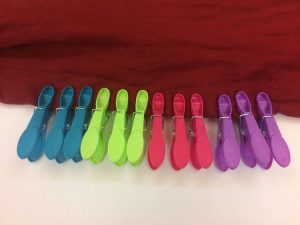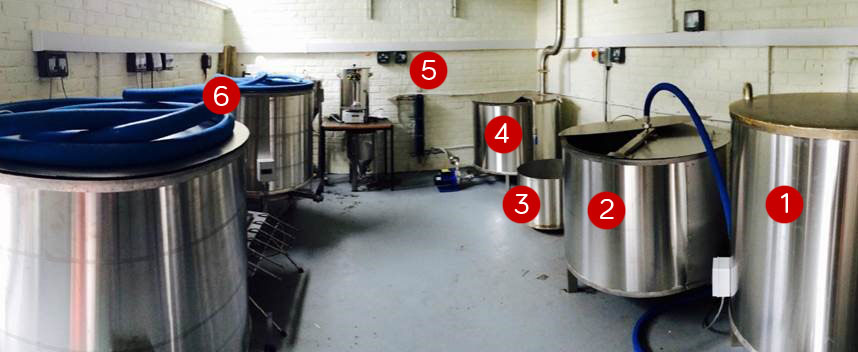This week we will show you how to create sci-fi laser sound effects using a slinky and a cup.
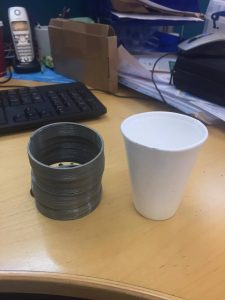
The first step is to try and listen to the noise a slinky makes on its own by moving it up and down so the bottom of it bounces off the floor as shown in the picture below.
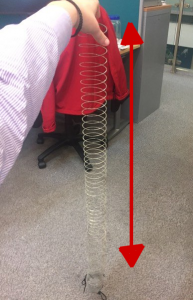
The next step is to place the cup in the top of the slinky as shown below and try the same movement.

The Science
Sound is actually particle vibrations and travels in waves. This means it relies on particles colliding to transfer the sound energy. In a gas such as air the particles are really spread out which means they are less likely to collide. In solids the particles are much closer together which means the particles collide a lot more and the sound energy is transferred more effectively.
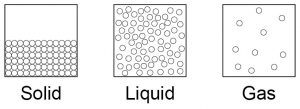
This is why the sound is much louder when the sound waves travel through the solid cup as opposed to the air. Rumour has it that they actually used this same technique to make the laser sound effects in the original Star Wars movies back in 1977.
